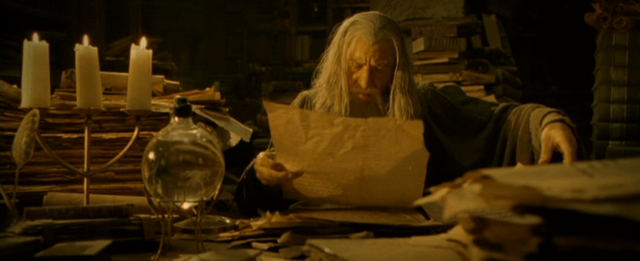Is my book of Soyga of any excellency?
So asked John Dee of the angel Uriel at his first séance with Edward Kelley in March 1582. There’s no suggestion that Kelley had heard of the book but “Uriel” recovered nicely, telling Dee that it was given to Adam in Eden and only readable by the archangel Michael. What was the Book of Soyga, and why was Dee so eager to read it?

For years scholars thought the book lost when Dee’s library was looted and sold off, and some even speculated that it was the real name of the Voynich Manuscript, based on no real evidence I can find. Then in 1994 Dee scholar Deborah Harkness found copies in both the British Library (Sloane MS. 8) and the Bodleian Library (Bodley MS. 908) under the name “Aldaraia sive Soyga vocor”.
Turns out it’s a medieval-ish magical treatise with the things you’d expect: astrological conjunctions, magical spells, lists of demons and angels. Most is in Latin, a language Dee read and spoke fluently, but it was the tables at the back that stumped him.

The 36 36×36 tables of letters form a cipher Dee couldn’t decode. From what I’ve read he never succeeded, nor does it appear that Dee ever revisited Soyga with Kelley or any other scryer. Voynich scholar Jim Reeds finally worked out the math in 2006 [PDF]. Whatever else might be said of the Soyga tables, it’s a fair guess that the Soyga tables inspired Dee and Kelley’s 49 49×49 magical squares.
The Book of Dunstan is a bit harder to pin down. I’ve not been able to find any extant copies or translations, and even the sixteenth century provenance is debatable. Allegedly it’s an alchemical treatise that Kelley found either through spiritual direction or in the ruins of Glastonbury Abbey (depending on whether you believe Dee’s diaries, Elias Ashmole’s assertions, or Kelley himself). It was supposed to have included vials of red and white powder for use in alchemical transmutation. Kelley did later “transmute” gold using the red powder, but whether he ever made sense of this book isn’t clear (though at various times the spirits did forbid him from using the powder).
Both books show up in my book because they can’t not, but the vague origins of St. Dunstan and the vague reasoning behind mentioning Soyga at all give room to play with their place in the story. Good thing I’m using them as plot points though, as the actual use of alchemical and magical treatises are still way over my head!
References:
CipherMysteries covers the Book of Soyga in exhaustive detail.
Book of Soyga translation [PDF] by Jean Kupin
Online Soyga-table generator with the seed word of your choice.
Reeds J. (2006) John Dee and the Magic Tables in the Book of Soyga [PDF]. In: Clucas S. (eds) John Dee: Interdisciplinary Studies in English Renaissance Thought. International Archives of the History of Ideas/Archives internationales d’histoire des idées, vol 193. Springer, Dordrecht
Y’know, I love reading authors’ tales of research and background and logicking, often nearly as much as reading the books themselves. Thank you for providing all these bits and pieces of things I never knew before. 🙂
Just in case you haven’t seen it, Lauren Kassel’s ‘Reading for the Philosophers’ Stone’ is a useful introduction to the book of St Dunstan; a copy is available at
people.hps.cam.ac.uk/index/teaching-officers/kassell
Jenny Rampling has found the extant alchemical works attributed to Dunstan are derived from the 15th-century ‘Accurtations of Raymond’. However, this text is relatively short and the book of Dunstan found by Kelley was evidently quite substantial: his extracts alone (mentioned in December 1587) occupied ’40 leaves in quarto’. It was possibly a compilation containing other material, but there is another aspect to this which I find fascinating. Dee remarked, on 28 February 1585, that Kelley ‘was studying in Dunstans boke, & Tables, whereof he made me not pryvy.’ So, along with Soyga, this was another book featuring curious tables.
Thank you for reading and commenting!
I was unaware of Kassel’s paper, and somehow missed the details of Dunstan’s appearance and content in my earlier research. Your comment comes along at a good time – I’m currently marking up my second draft for rewrite and I now have a better description of this book Kelley keeps dragging around with him 🙂
In case it’s of interest (and haven’t entirely moved on to other projects), another related article has just been published:
https://drfrancisyoung.com/2019/09/07/article-published-edward-kelleys-danish-treasure-hoax-and-elizabethan-antiquarianism/
Although I wouldn’t entirely agree with his conclusions, the paper describes possible sources for the treasure map found with the book of Dunstan of which I was previously unaware.
Always of interest! Thank you for posting!